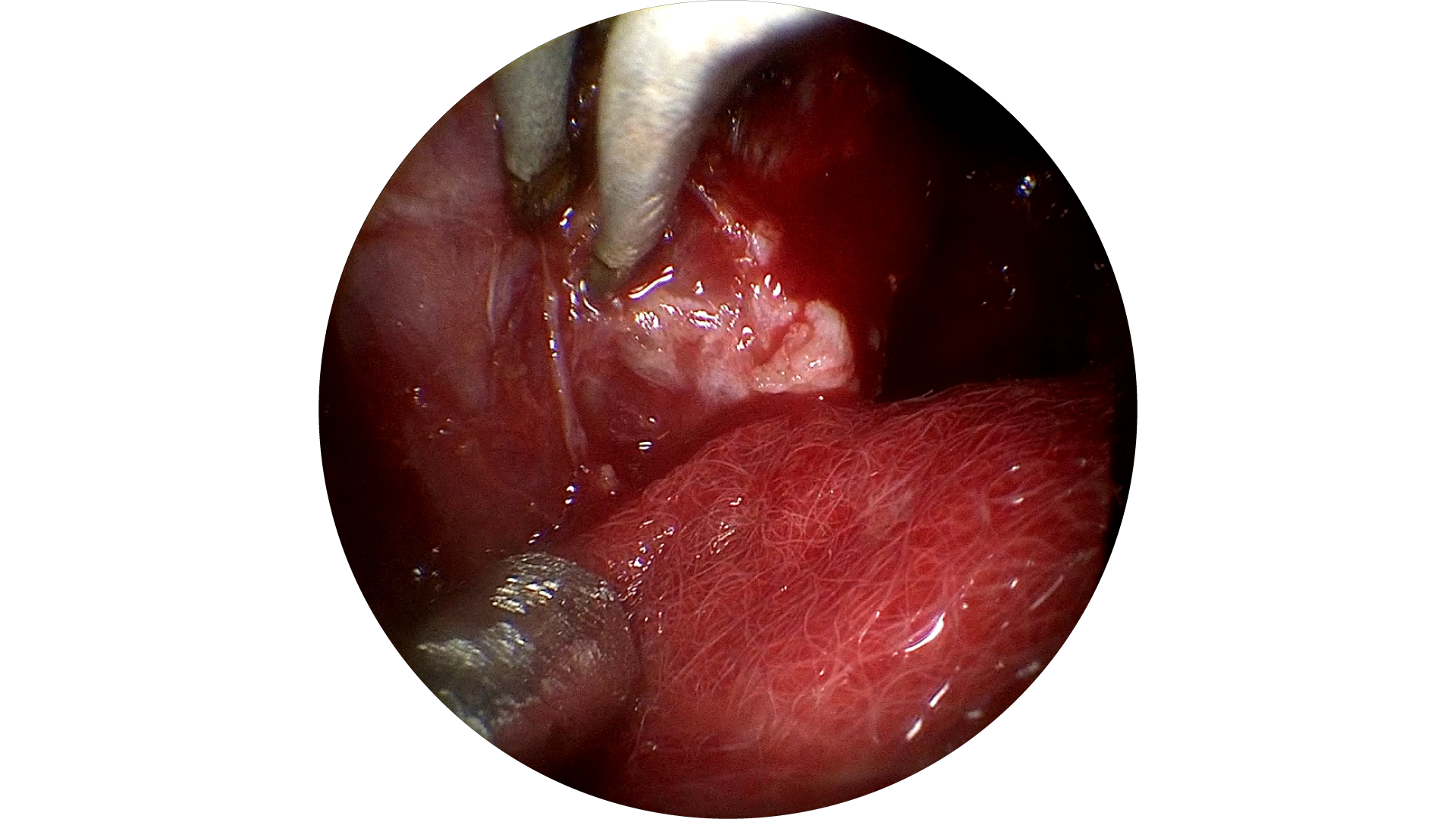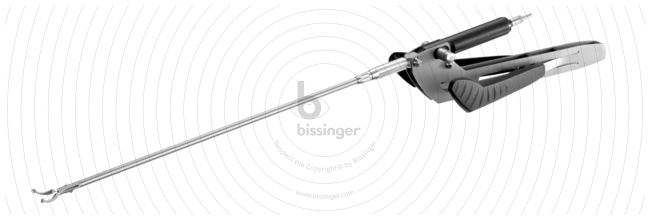Endoscopic Chopsticks Set
by Prof. Froelich
The Chopsticks Technique was developed by Prof. Froelich so that all important instruments are under the control of the operating surgeon, which is an enormous advantage, especially in endoscopic skull base surgery. With this technique, the endoscope and the suction tube are held in one hand, similar to holding chopsticks. The working instrument can then be used with the free hand. This compact handling provides an optimal view on the instruments and enables a very precise working method. With the Endoscopic Chopsticks Set, we offer the suitable instrument solution. Optimized sinuscopes, which have been adapted in length, diameter and viewing angle, and suction tubes, which can be rotated and bent, simplify handling. Our additional innovative bipolar instruments complete the set.
Control: All necessary instruments are managed and controlled by the operating surgeon.
Minimally invasive: As the main indication is endonasal approaches, the procedure is minimally invasive and the cosmetic result is excellent.
Ergonomics: All instruments are harmonized to ensure ergonomic work.

Compact: The space-saving technique also enables mononostril procedures for endonasal approaches.
Close-up view: The tight working method allows a very close view onto the working instruments.
Safety: The close-up view and the innovative instruments increase the safety of the procedure.

Instruments of the Endoscopic Chopsticks Set:

»The chopsticks technique offers considerable advantages by enabling efficient operation within narrow corridors. Both the endoscope and suction are stabilized by preserved intranasal soft tissues, allowing them to remain close to the working instruments without creating “sword conflict”. This results in improved precision, ergonomics, and control during complex procedures.«
PROF. SÉBASTIEN FROELICH
Head of Neurosurgery Department Hôpital Lariboisière, Paris, France
Explanation video
Intraoperative video
- BRO-022 Endoscopic Chopsticks Set by Prof. Froelich.pdf pdf, 923.76 KB
- Surgical Manual pdf, 328.67 KB




